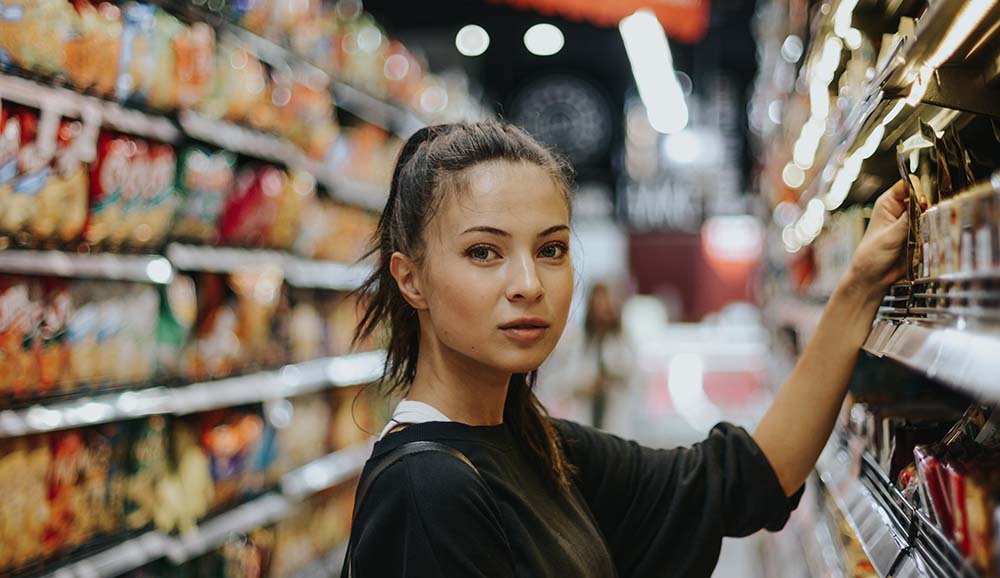
New consumer habits
The study shows that the very phenomenon of COVID is alarming for 77% of shoppers. But if we consider not the pandemic itself, but its economic consequences, the number of people expressing serious concern will increase to 91%.
New and old habits.
The number of trips to the store decreased from 33 times a month to 29 (in April 2020). In turn, the decrease in the frequency of trips has led to a noticeable decrease in demand for pulse categories: baby juice, chewing gum, cereal bars.
Pro-stock purchases continue: 34% buy some products, 11% worry that their stocks will soon run out.
The price-quality ratio lost its importance during the period of self-isolation, due to the need for certain purchases. However, analysts predict a return of this criterion to the buying paradigm.
Unsurprisingly, domestic consumption peaked during self-isolation.
Lack of HoReCa segment in their lives, consumers compensate with delivery services (6% of buyers began to order ready-made food and groceries).
Experience shopping is a powerful trend. Actual before the crisis of the crisis, now this phenomenon is one of the few options for pleasant leisure.
Types of customer experience
Conventionally, all buyers during the coronavirus pandemic can be divided into “stable” (stable, do not worry about their future), “worried” (afraid of losing their source of income), “affected” (already lost income).
The dynamics of the groups is as follows: in comparison with May 2020, in July 2020, the number of “stable” decreased from 21% to 18%, “concerned” was set at 54%, and the number of victims increased from 25% to 28%.
Corona-crisis segmentation of product categories according to the degree of need is as follows:
- «Excess» is the first thing to refuse during a pandemic. These categories include entertainment, clothing and travel.
- «Optimized» - cosmetics, sports equipment, food, household goods.
- «Necessary» - medicines, Internet, rent, utilities - what to save on during a pandemic is irrational or simply impossible.
The consumer basket is simplified. It contains more and more space for prosaic goods: waffles, cereals, yoghurts, canned food, sausages, cigarettes, cereals.
The main saving strategies are: search for promo - 71%, strict adherence to the list of products - 49%, choice of stores with low prices - 48%, buying large packages - 33%, using discount coupons - 30%, buying private labels - 23%.
The coronavirus crisis was able to defeat the main trend of recent years - the growing interest in promotions. Due to the need to buy the right products as quickly as possible, after spending a minimum amount of time in the store, customers stopped hunting for promo, returning its share to the level of 2018.
Also, the number of new products has increased. Now manufacturers are launching new products without resorting to promotions, since buyers were not very focused on it. New products without promotions provided about a third of the FMCG market growth.
Last News
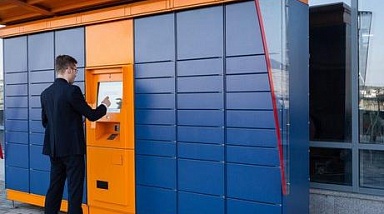
From year to year in Russia, there is an increase in the number of order pick-up point and, according to experts, their number has reached 40 thousand, and this is only those that belong to various services and shops. In addition to them, there are 42 thousand "Почта России". The increase in the number of pickup points and post offices was influenced by the coronavirus pandemic. What are the further prospects for the development of this type of service?

The growth of counterfeit goods is one of the most pressing problems that have gripped the entire globe. In this article, we will look at how much it is possible to fight fakes and what methods are used for this.
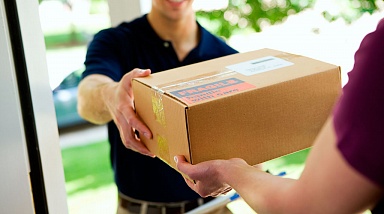
As a result of the introduction of quarantine measures that were aimed at preventing COVID-19, an increase in sales on electronic platforms of a variety of product categories, which led to a huge demand for the provision of delivery services. This made retailers think about solving the issues that arose in the logistics area.
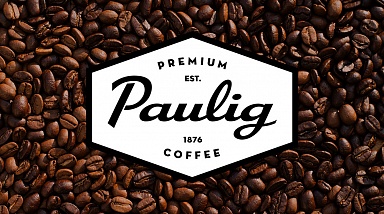
Paulig is currently one of the leaders in the natural coffee segment in Finland, the Baltic States and Russia, and thanks to its wide range of products, every gourmet will find coffee to their liking. Paulig headquarters and largest roaster are located in Helsinki, Finland.

The study shows that the very phenomenon of COVID is alarming for 77% of shoppers. But if we consider not the pandemic itself, but its economic consequences, the number of people expressing serious concern will increase to 91%.
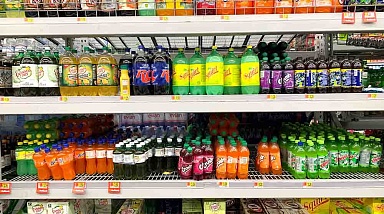
One of the key differences between the coronavirus crisis and cyclical financial crises is its unpredictability, due to the large number of likely events and unpredictable time frames.

The study shows that the very phenomenon of COVID is alarming for 77% of shoppers. But if we consider not the pandemic itself, but its economic consequences, the number of people expressing serious concern will increase to 91%.

The period of self-isolation has had a major impact on consumption habits. At the stage of lifting restrictions, the share of e-commerce is still at a high level. What do brands and retailers need to care about to keep up with this trend?
to our news


